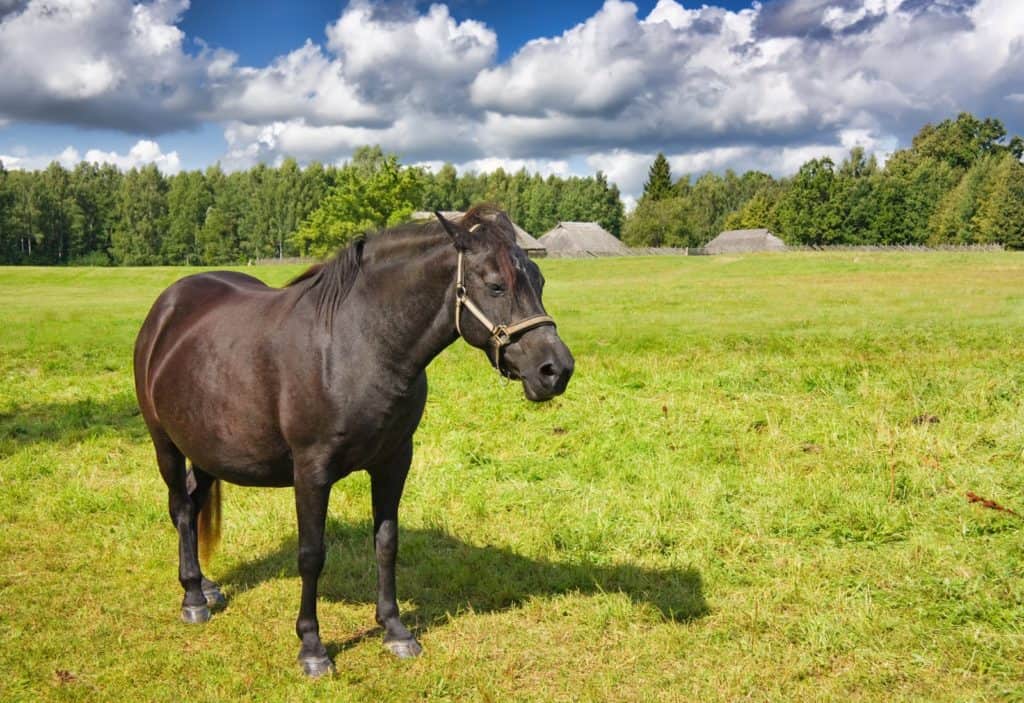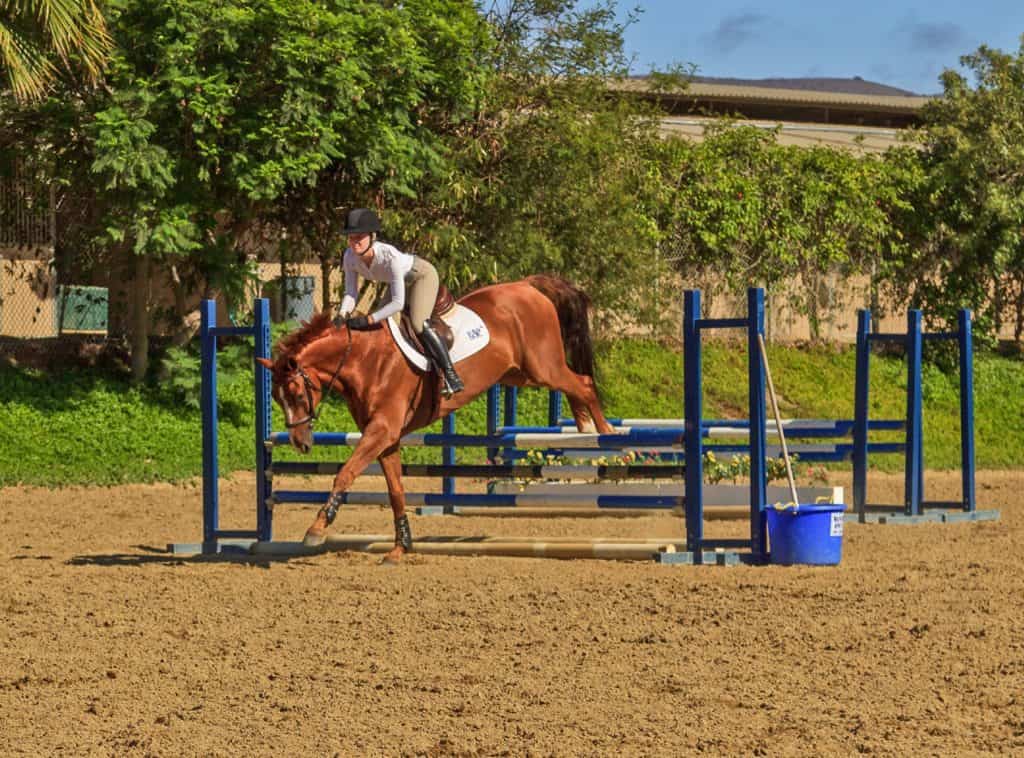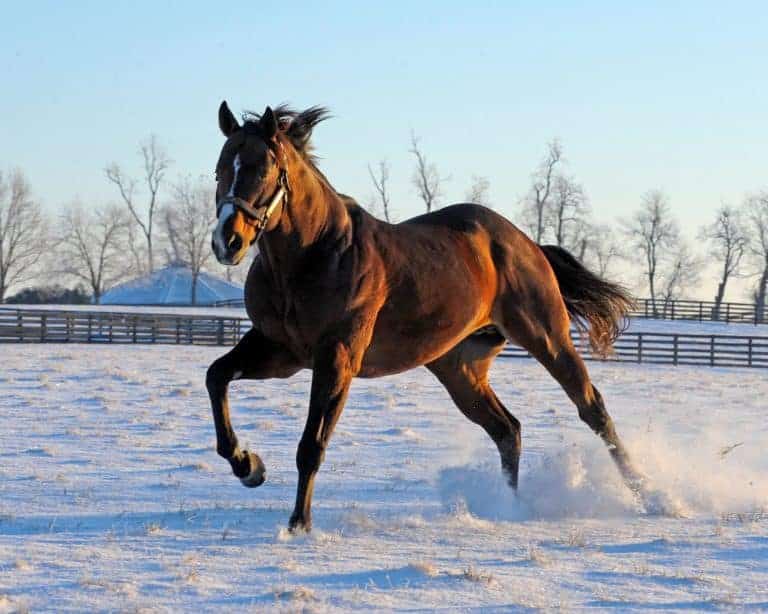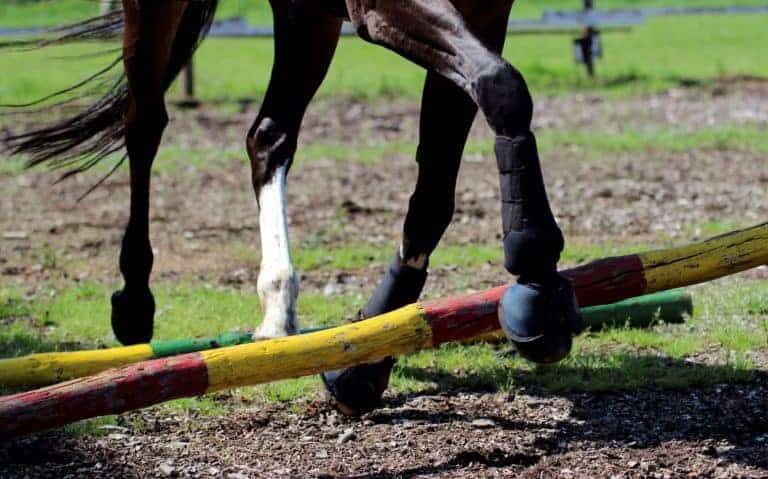
Researchers Validate Portable Device for Measuring Equine Postural Stability
Lameness and neurologic disorders can impact equine postural stability—how a horse holds himself up in a standing position—and measuring it can help veterinarians diagnose certain disorders.






























